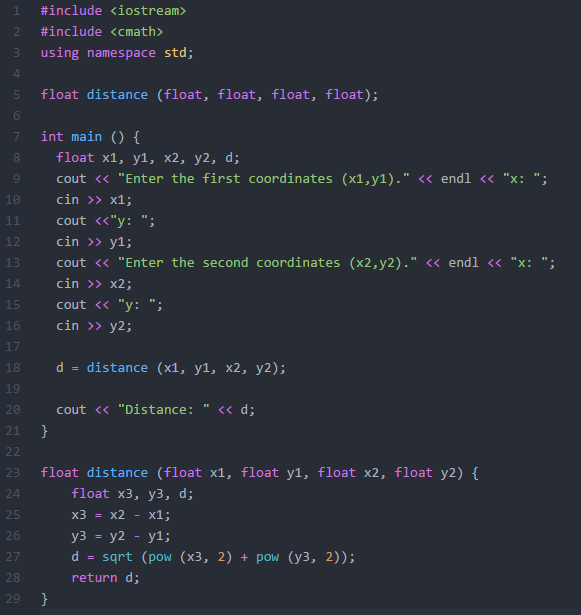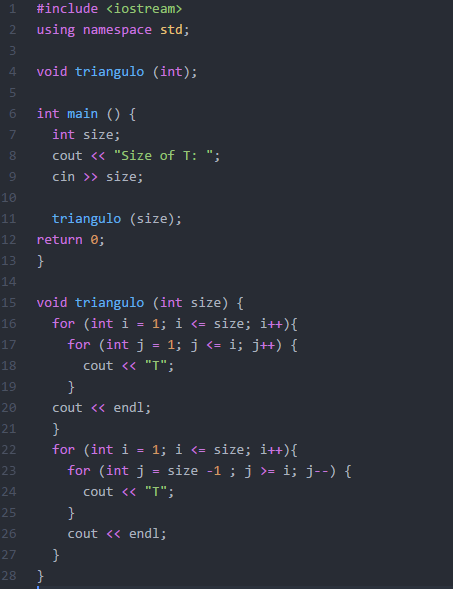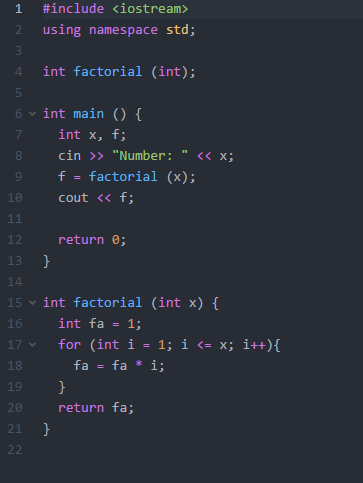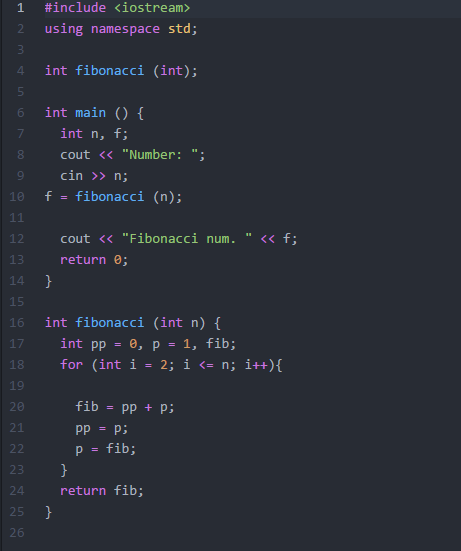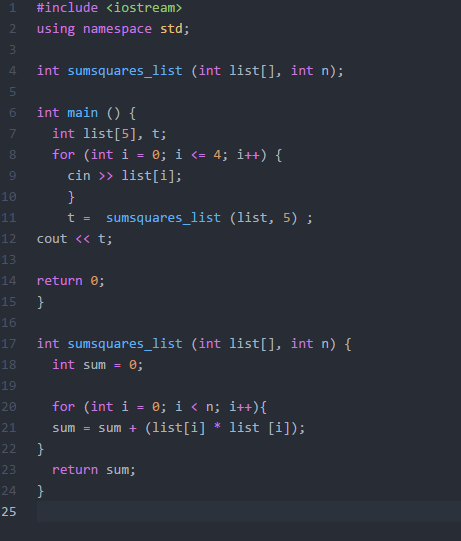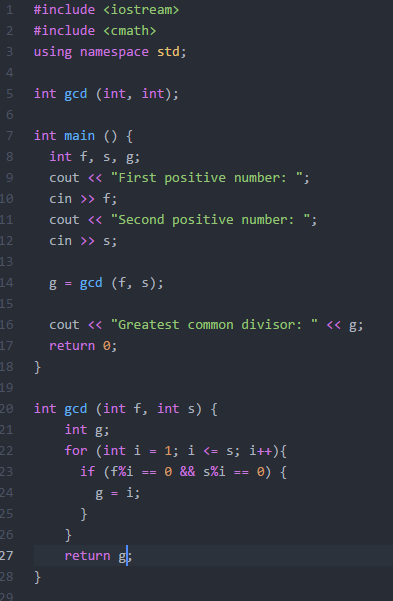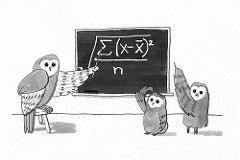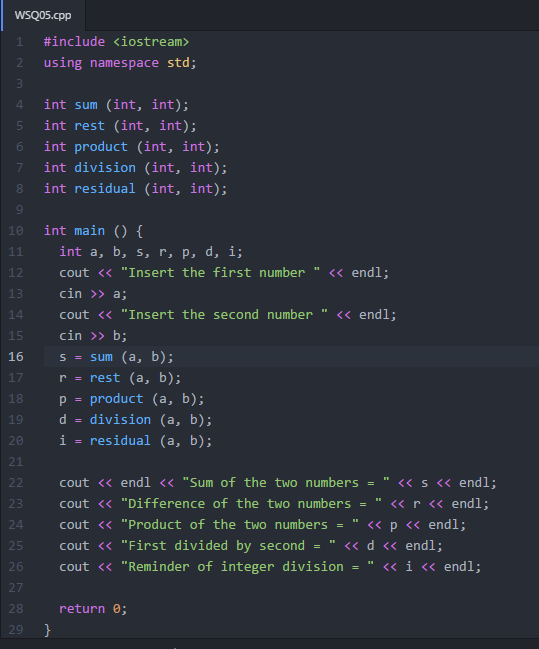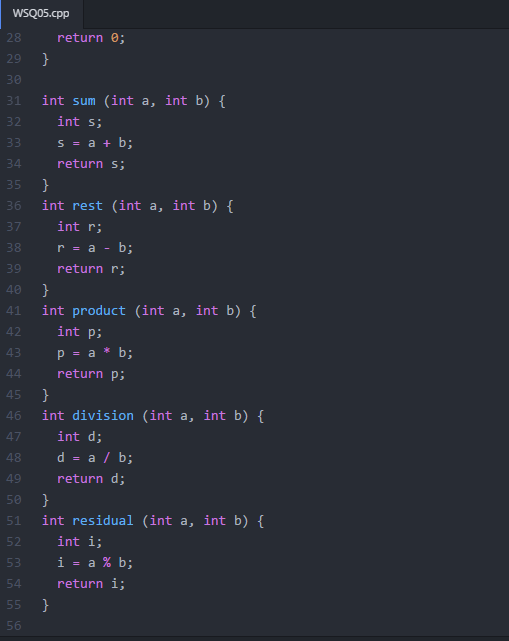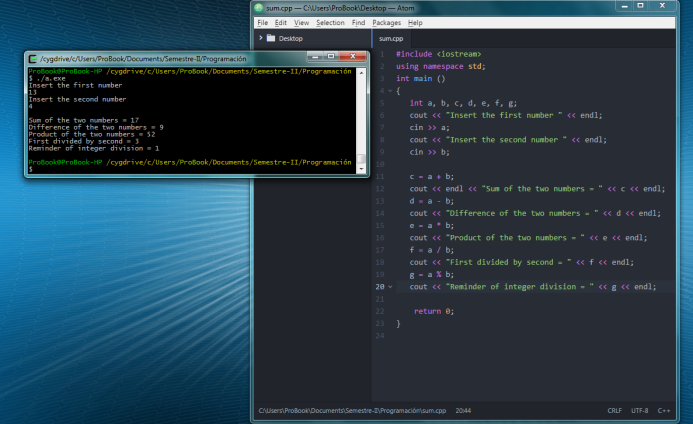--Originally published at Programming Path
At last our final project is finished! It was very interesting to make the code, and to make it run properly. My partner Sergio Iriarte and I decided to program a little game, this was because we both like video games and it sound fun to make a game. It felt more like an achievement.
We came up with the idea of programming the game Battleship. Sergio knows how to program in Java after taking some classes on past years, so we decided to do the game in Java. The reasons were because it is a more simple way of programming, is better organized and much easier to use than C++. And of course he was very patient with me because I am new to this thing they call programming.
After making the decision, I had to install eclipse, it was a total disaster because my computer was very slow, but in the end we could defeat this troublemaker called Battleship.
Here is the code:



And here is how we see it when running:
- * means the user have missed.
- ~ means the user did not hit that coordinate.
- X means the user has hit a ship.
Every round, the game gives the user a hint about where could a ship be.
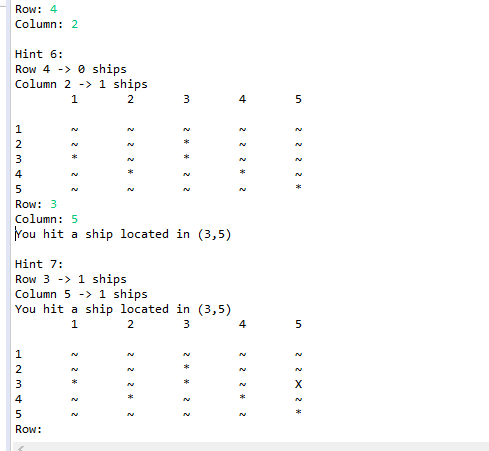
So this is it. We finally finished the project. Just in time for this post 

